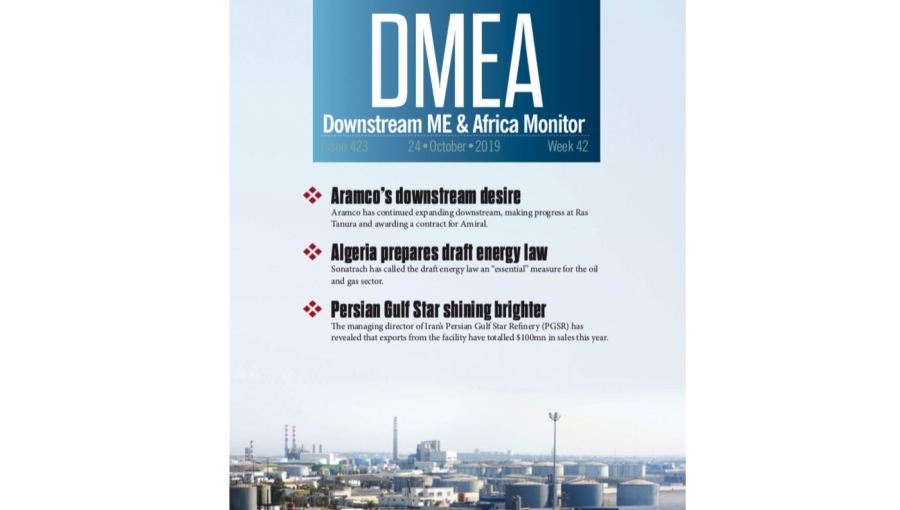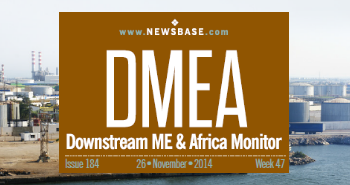DMEA: Tender for Nigerian maintenance

This week’s DMEA covers a long-awaited tender for refinery maintenance in Nigeria and a contract award to an American firm for flare gas recovery in Egypt.
The Nigerian National Petroleum Corp. (NNPC) launched a tender for a contract for operations and maintenance (O&M) services at the country’s four state-owned refineries.
The facilities at Port Harcourt (two), Kaduna and Warri have not processed crude since early 2019, with chronic underinvestment having seen them fail to undergo turnaround maintenance (TAM) for more than four decades. They were shut down completely in January in preparation for maintenance and upgrade work.
The Port Harcourt complex is comprised of two units, built roughly 25 years apart, with joint total capacity of 210,000 barrels per day, making it Nigeria’s largest refinery, while Kaduna and Warri have capacities of 110,000 bpd and 125,000 bpd respectively.
The scope of work will include short and long-term production and operations planning, production and operations execution, monitoring, and reporting and optimisation of operations.
This will involve process and control engineering, quality control, quality assurance and laboratory, environmental management and planning and execution for long-awaited TAM.
Egypt’s Korra Energi, a specialised provider of integrated electromechanical engineering solutions, has reached a deal worth $10mn with an unnamed US company to supply technology systems and equipment for the Amreya Petroleum Refining Co.’s (APRC) flare gas recovery project, media sources reported.
The project is being implemented in co-operation with the Egyptian Maintenance Co. (San Masr) and is expected to be completed within eleven months.
According to company sources, about 80% of project engineering design work has been completed.
The project’s production capacity is estimated at about 100,000 barrels of butane and 3,500 barrels of condensates annually, in addition to 1.4bn cubic feet (39.6mn cubic metres) per year of hydrogen to be used as an alternative fuel for natural gas in furnaces.


Follow us online